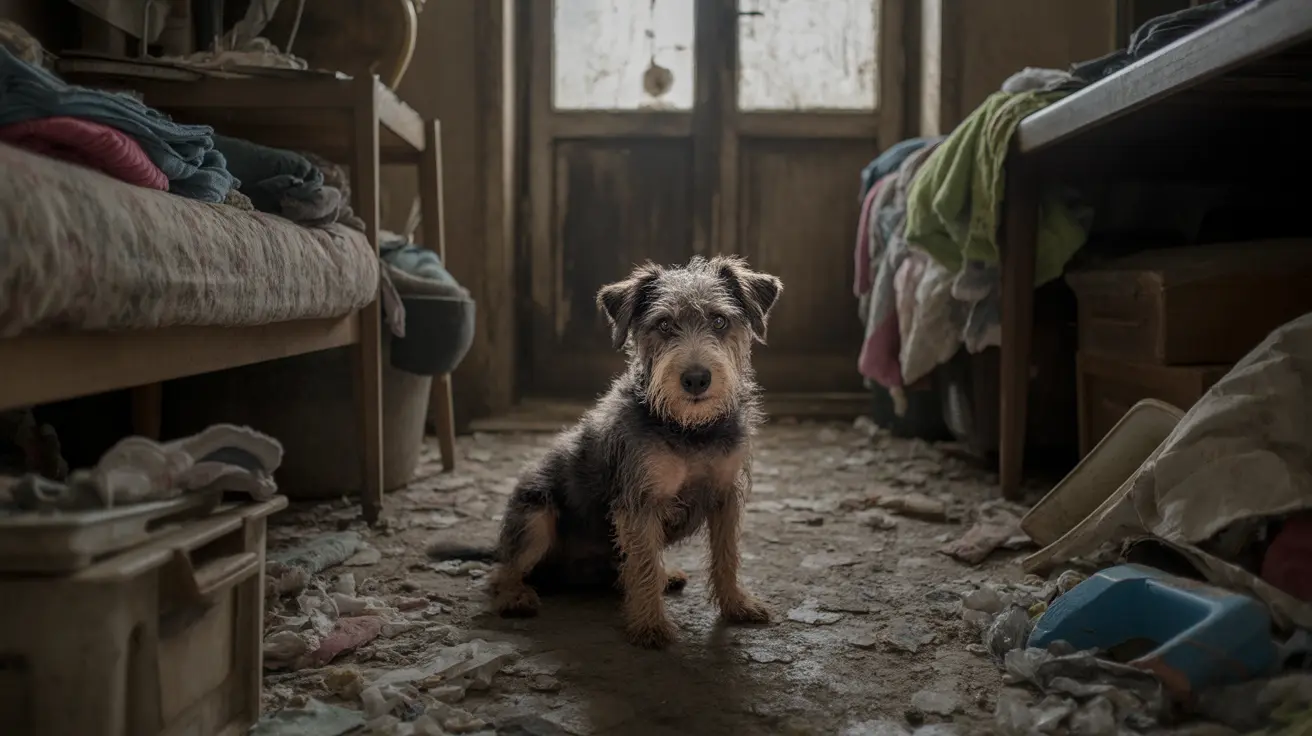Do Dogs Like Blankets Over Them?
Whether it’s a chilly winter morning or a cozy nap on the couch, you might find your dog snuggled under a blanket. But do dogs really like blankets placed over them? The answer is a resounding yes — most dogs enjoy the comfort and warmth that a blanket can provide. Understanding the reasons behind this behavior can help pet owners make better choices for their canine companions' physical and emotional wellness.
Why Many Dogs Enjoy Blankets
- Warmth: Just like humans, dogs can get cold. Blankets offer an added layer of insulation, especially helpful for shorthair breeds, older dogs, or small breeds who are more susceptible to low temperatures. Covered in a blanket, they maintain body heat and stay cozy.
- Security and Safety: A blanket can act as a den substitute. Many dogs, especially rescue or anxious dogs, find security in small, enclosed spaces. When draped in a blanket, they may feel more protected and less exposed to external stimuli.
- Comfort and Familiar Smells: Blankets carry familiar scents — yours, your home’s, and the dog's own — helping your pet feel relaxed. This familiarity offers emotional support when your dog is stressed or in new environments.
- Instinctual Behavior: Dogs are den animals by nature. Puppies naturally pile up together to stay warm. A blanket mimics this feeling, providing a sense of togetherness and ancestral comfort.
Situations Where Dogs May Especially Like Blankets
- During cold weather or winter months.
- After bath time to stay warm while drying off.
- When dealing with anxiety or stress, such as fireworks or thunderstorms.
- Before bedtime to help them settle comfortably.
- During recovery from illness or surgery, as blankets can promote relaxation and healing.
When Dogs May Not Like Blankets
Despite the many advantages, not all dogs agree with being covered. Some dogs might resist or even remove blankets from themselves. Reasons could include:
- Overheating: Dogs regulate heat through panting and paw pads. If too hot, they’ll push away covers.
- Claustrophobia: Dogs unused to being covered may feel trapped or anxious when confined under a blanket.
- Unfamiliar Textures or Smells: Older blankets with strong detergent scents or rough textures may deter dogs from direct contact.
How to Provide Blanket Comfort Safely
- Use light, breathable fabrics: Choose materials like fleece or cotton for comfort without overheating.
- Allow the dog to choose: Let your pet move under or out of a blanket freely. Never force them to stay covered.
- Observe body language: Watch for signs of distress, such as panting, pacing, or trying to escape.
- Keep the blanket clean: Regular washing keeps the blanket free from allergens and unpleasant odors that might deter your dog.
- Employ during crate training or travel: A familiar blanket can make crates and vehicles feel safer and cozier.
Special Considerations by Dog Type
- Puppies: Blankets simulate warmth from littermates and help in adapting to new homes.
- Seniors: Older dogs with arthritis or joint issues benefit from warmth and padding provided by soft blankets.
- Anxious Breeds: Some dogs, like Chihuahuas or Greyhounds, find security tucked under something soft.
Tips for Choosing the Right Blanket
- Durability: Select blankets that can withstand chewing or nesting.
- Machine-washable options: Clean blankets help maintain hygiene and comfort.
- Non-allergenic materials: Prevent skin irritations or allergic reactions.
- Proper size: Large enough to cover your dog fully without excess bulk.
In Conclusion
In most cases, dogs do like blankets laid over them. They offer physical warmth and emotional comfort, fulfilling both instinctual and experiential needs. But like all animals, dogs are individuals — their preferences vary. Pay attention to your pet's cues and offer choices rather than impose behaviors. A happy, cozy dog is often the one who feels safe, secure, and loved under their favorite blanket.





